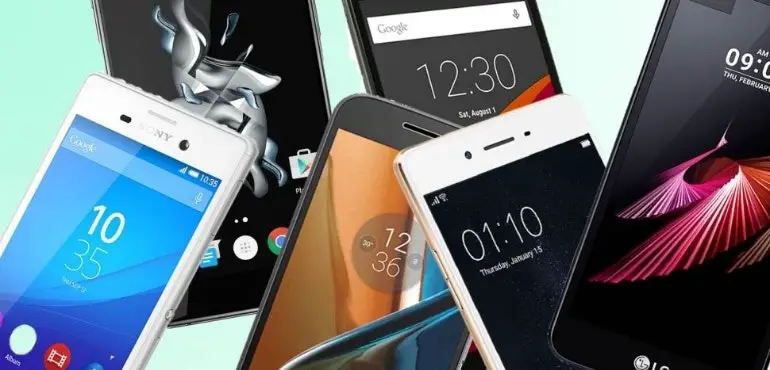With phones now being replaced by consumers more quickly than ever, and phone companies rushing to update handsets and software as quickly as they can, it can often seem that there is no point in buying a new phone, or more often, the temptation is to simply get rid of our current one or sell it on at a loss. For the savvy shopper, this means that websites such as comparemymobile.com will present an often overlooked option; going for a refurbished handset, at a significantly lower price. There are all kinds of deals to be had but, as with anything that is not new, there are some ups and downs that need to be thought about.

The Good Bits…
First of all, the price is the main reason why most people go for refurbished phones over new. For instance, the iPhone XS MAX is only around a year old; in Apple terms that’s still not too old. And yet, buyers can save hundreds if they don’t mind the potential for a few light scratches and signs of previous use. 99% of the time, phones are simply handed back because of a recent upgrade or because someone simply didn’t like it. Phone recyclers will seldom take a faulty or tired phone, so this is a smart move.
Cutting down on waste is another reason to go down the refurbished route. Again, using the iPhone XS MAX as an example, every time we buy refurbished, we slow the demand for new phones and reduce not only our carbon footprint, but others’ too. We’re effectively ensuring that we help recycle phones wherever possible. Furthermore, using a refurbished phone means that there is less of an attachment to it; if it breaks, it’s easier, quicker and cheaper to go refurbished again.
The Pitfalls
As with any purchase, a refurbished phone is not going to be perfect. If it was, it would be full price. One of the most common issues with a refurbished phone is that they are often cosmetically not in the best shape. Terms such as ‘A+’, ‘B-‘ and ‘C’ may be bounded about but these are different for every seller. Generally, unless something is described as ‘as new’, its reasonable to expect some scuffs and scratches.
Additionally, components of phones do degrade over time. Unless explicitly stated that parts have been replaced, one of the pitfalls of such enticing deals is that batteries, speakers and the like will have some wear and tear behind them. Buying a refurbished phone from a reputable seller mitigates many problems, but not all of them.
Lastly, remember that warranties are not going to be as generous on a refurbished phone. Will A seller offer a 24 month return on something that has already been put through the mill? Additionally, the warranty that comes with the phone but often not cover as many faults or situations as with a brand new handset. It’s important to remember that a refurbished phone is generally expected to be used until it has truly run its course, and refurbishers don’t expect to see the phone back unless there is something seriously wrong.
Buying a refurbished phone will always, always save a noticeable amount of money. but there will be some sacrifices in exchange for this saving. It is always worth looking at any handset in person before buying, as each refurbished phone will have its individual strengths and faults, and to be be on the safe side, purchase from a reputable seller wherever possible, and the experience will be a positive one.
[Image credit: Google Images]
